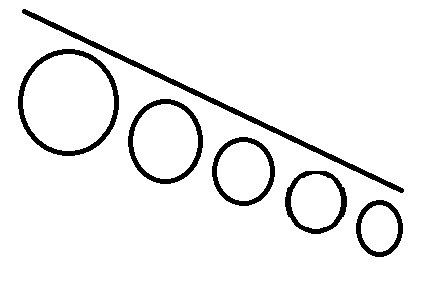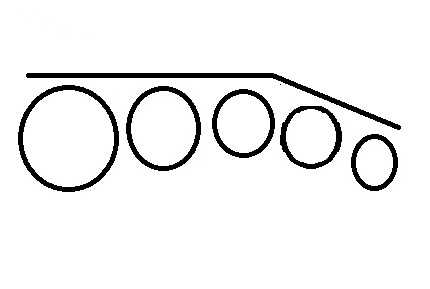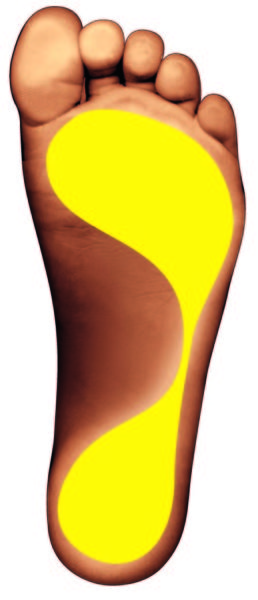Know your feet
Knowing your feet will help prepare you for your next custom ski boot fitting. This information can also be useful if you need some guidance buying ski boots online.
Bony parts
Identifying bony parts to your foot can help get your head around potential fit issues. Does the side of your big toe joint stick out? What about your little toe joint? Do you have have a bunion or a tailor’s bunion (skiers 6th toe) that needs the help of an experienced boot fitting to modify the ski boot shell. What about prominent ankle bones that stick out? This part of a boot can be stretched as well, although nearly all bootfitters will start by stabilizing the foot and ankle joint with a custom footbed.
Forefoot shape
Understanding forefoot shape is important as it allows the selection of the correct shape toe box, particularly when different brands of ski boots will work better with different forefoot shapes! Have a look down are your feet and see what shape matches up to your own. Usually angled and moretons forefoot shapes are associated with medium to narrow width feet. On the other hand (or foot) round and square forefoot shapes are associated with wider feet.
Angled Forefoot Moretons Toe


Round Forefoot Square Forefoot


Arch height
Knowing your arch height can help you pick the right prefabricated insole to go with your online boot purchase, or start the conversation about a custom footbed during your ski boot fit. If you’re in store for a custom boot fit standing on our Sidas Podoscope will reveal your arch height. However if you’re at home the Wet Test will give you a better idea what you’re dealing with. Simply:
- Fill a saucepan with water.
- Wet the base of your left foot in the saucepan.
- Stand your wet foot on a piece of newspaper or brown paper bag.
- Step off the paper, and observe the imprint left by your foot.
- Repeat for your right foot.

High arch:
If you have little to no shading connecting the outside of your forefoot to your heel chances are you have a high arch.
 Neutral arch:
Neutral arch:
Shading connecting your heel to forefoot around half the width of your heel tends to indicate neutral or mid arch height.

Flat arch:
Shading greater than half the width of your heel tends to indicate a flat, low height arch.
Instep height/volume
This is one of the key factors in how well a ski boot will fit. The instep is the arched top of the foot between the ankle and the toes, but and where the ankle and instep meet that is crucial to a boot fit. Put a foot with a high instep height and volume in a low volume ski boot and that skier will be in a world of pain, experiencing what we call Boot Compression Syndrome. Similarly if a low volume foot is placed in a high volume ski boot, the skier may experience poor energy transfer into the boot, heel lift, and a general feeling of sloppiness. Not good either.
Calf shape
Knowing your calf size gives you the ability to select a ski boot with an appropriate cuff size. If you know you’ve got bigger, more muscular calves it makes sense for the cuff volume of your ski boot to match that shape. Compression around the back of the leg can cut off the main circulation to the foot causing cold, numb and tingly feet. If you know you have skinny, less developed calves , not being held securely as a result of too much room through the cuff reduces energy transfer through the boot and can cause shin bang.


